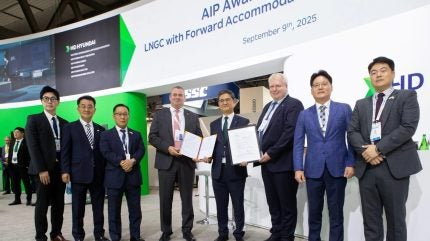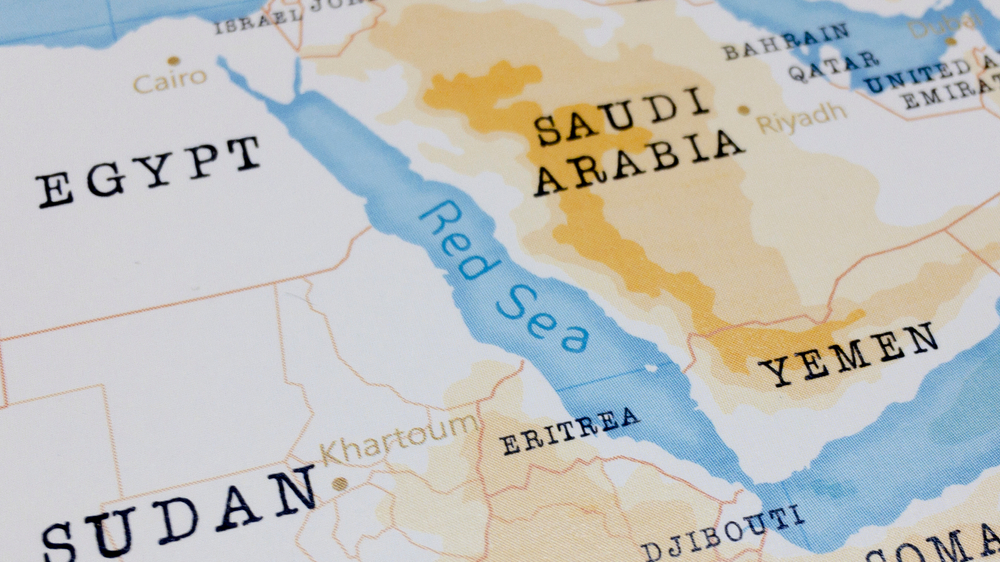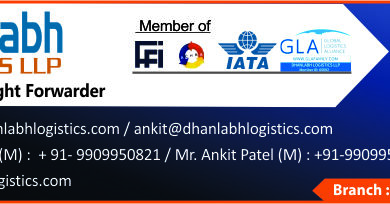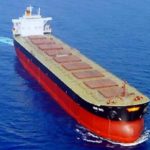HD HHI receives AiP from DNV for LNGC and VLEC designs

DNV has granted approval in principle (AiP) to HD Hyundai Heavy Industries (HD HHI) for its next-generation designs of liquefied natural gas carriers (LNGC) and very large ethane carriers (VLEC) featuring forward accommodation and wind-assisted propulsion systems (WAPS).
The AiP was presented at a ceremony during Gastech 2025 exhibition held in Milan, Italy.
Discover B2B Marketing That Performs
Combine business intelligence and editorial excellence to reach engaged professionals across 36 leading media platforms.
The designs include 174K LNGCs and 100K VLECs, marking the first instance where HD HHI has combined a forward accommodation layout with tiltable rotor sails.
The LNGC will utilise four tiltable rotor sails from Norsepower, while the VLEC will incorporate two.
DNV has assessed these designs for compliance with its WAPS notation.
The forward accommodation concept aims to address challenges associated with WAPS installations, such as compliance with COLREG regulations and visibility issues.
This design approach also seeks to enhance the efficiency of wind-assisted propulsion, contributing to improved fuel efficiency and reduced emissions.
HD HHI executive vice president Hong-Ryeul Ryu said: “These vessels’ concepts are expected to become a Future Platform capable of flexibly responding to the stringent environmental regulations.”
At the same event, DNV awarded an AiP to HD Hyundai Mipo Dockyard (HD HMD) for an ammonia dual-fuel medium gas carrier (MGC) design, which also features a forward accommodation layout.
This vessel design relocates the crew accommodation block to the fore section, allowing for increased flexibility and additional usable space on board.
This configuration enables the integration of environmentally friendly technologies, including carbon capture and storage units, alternative fuels, and other solutions aimed at enhancing energy efficiency and reducing emissions.
In addition, the design accommodates the installation of an ammonia dual-fuel propulsion system and carbon capture equipment, while providing the flexibility to incorporate future technological advancements in response to evolving environmental regulations in the shipping industry.
HD HMD executive vice president and head of initial design division and detailed design division, D.J. Lee, said: “This innovative design reflects our commitment to delivering solutions that address customer needs and global sustainability targets.
“Working with DNV, we aim to accelerate the adoption of next-generation technologies for a greener maritime industry.”
In June this year, HD HHI signed a joint development project (JDP) agreement with DNV and TUI Cruises to explore integrating Solid Oxide Fuel Cell (SOFC) systems on cruise ships, in line with global decarbonisation efforts.




